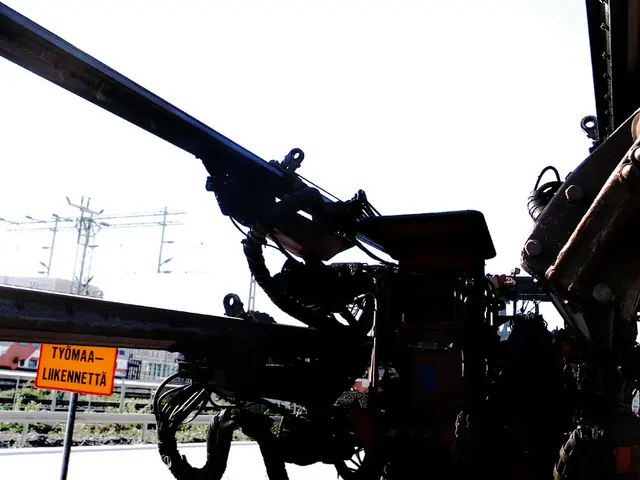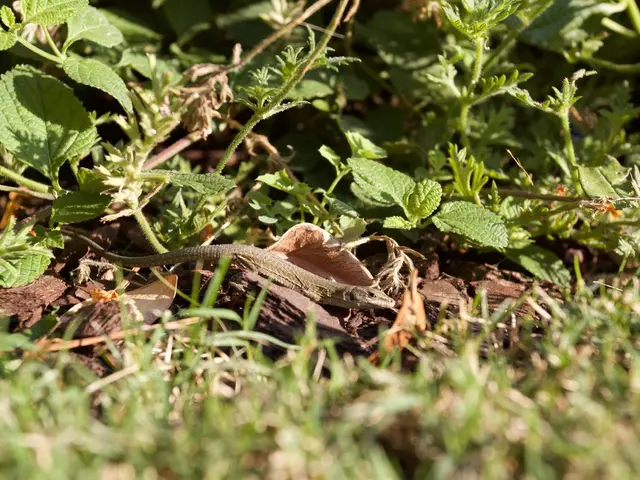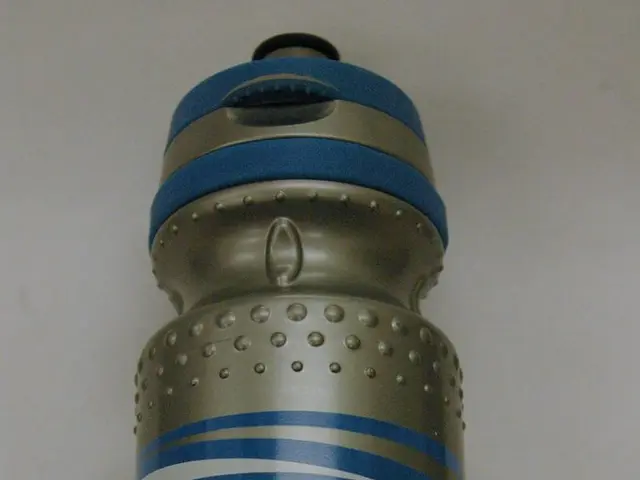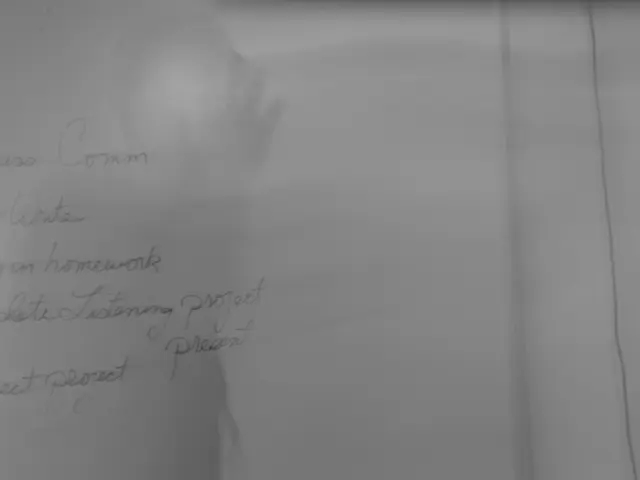Checking weather conditions by May 9th for City Day celebration.
In the vast expanse of Russia's sky, a fascinating and little-known operation is taking place. The country has been engaging in weather manipulation since the 1940s, a practice that continues today with a significant role played by the Central Aerological Observatory in Dolgoprudny.
One of the key methods used is the release of silver iodide into clouds. This substance, carried in a 20 kg box on an airplane, is thrown out at high altitude to influence the formation of precipitation. For instance, silver iodide can be used to make it rain well before it reaches a specific location, such as Moscow. However, it's important to note that calling rain out of nowhere is still impossible; it requires resource cloudiness, i.e., clouds of a certain height and thickness, containing water.
The use of silver iodide can also be employed to reduce the amount of precipitation, a practice first used in 1986 after the Chernobyl nuclear power plant accident. This method works by creating a movement of particles downwards along with cold dry air, causing the cloud to stop growing and thus preventing rain or minimizing it.
Weather manipulation in Russia differs from other countries, such as the USA, where the release of substances into clouds occurs from below, resulting in a more blurred effect. In contrast, Russia's "seeding" occurs from above, a method that has been proven effective in various regions, such as the Stavropol Territory and Yakutia.
Another interesting application of weather manipulation is in the fight against hail. Special rockets are used in southern Russia to cause small hailstones to form and then melt before reaching the ground. This technique not only protects crops but also reduces the risk of damage to buildings and infrastructure.
However, working with clouds is not without its challenges. Thunderstorms, with strong winds, humidity, and lightning strikes, pose a significant threat to the aircraft's structure. The movement of air inside the cloud can reach speeds of 20 meters per second, creating considerable stress on the aircraft.
Despite these challenges, developments in weather manipulation are shared at international conferences, with the last one held in 2011 in Bali. Apart from Russia, this practice is also carried out in countries like the USA, Israel, Canada, Japan, South Korea, Indonesia, and the Persian Gulf countries.
It's important to clarify that weather manipulation does not contribute to climate change, warm winters, or snowless winters. These phenomena are natural occurrences and not the result of weather experiments in Russia, as the work is local and short-term.
Intriguingly, weather manipulation has even extended to the prevention of avalanches in the Caucasus. Artificial avalanches are triggered to prevent harm to people, a testament to the versatility of this technology.
One of the most remarkable projects currently underway at the Central Aerological Observatory involves studying tropical downpours in Moscow to regulate their processes. This is a lengthy and complex task due to the rarity of these events. Nevertheless, the potential benefits of this research could have a significant impact on weather management in the future.
As we continue to explore and understand the intricacies of the atmosphere, it's clear that weather manipulation will remain a fascinating and crucial field of study. The skies above Russia, and the world, may soon hold even more secrets waiting to be uncovered.








